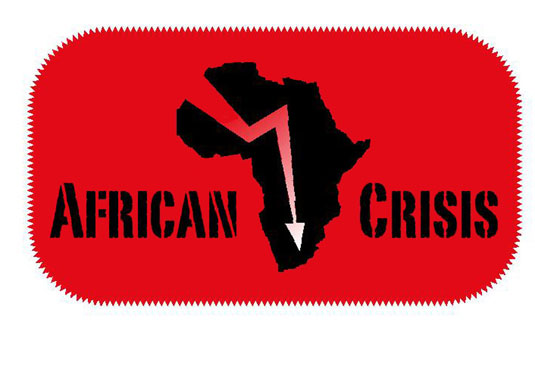WARNING: This is Version 1 of my old archive, so Photos will NOT work and many links will NOT work. But you can find articles by searching on the Titles. There is a lot of information in this archive. Use the SEARCH BAR at the top right. Prior to December 2012; I was a pro-Christian type of Conservative. I was unaware of the mass of Jewish lies in history, especially the lies regarding WW2 and Hitler. So in here you will find pro-Jewish and pro-Israel material. I was definitely WRONG about the Boeremag and Janusz Walus. They were for real.
Original Post Date: 2005-03-24 Posted By: Jan
From the News Archives of: WWW.AfricanCrisis.Org
Date & Time Posted: 3/24/2005 5:45:52 AM
40% of South Africa"s water is wasted
=”VBSCRIPT”%>
From the News Archives of: WWW.AfricanCrisis.Org
Date & Time Posted: 3/24/2005 5:45:52 AM
40% of South Africa"s water is wasted
|
[South Africa is a dry country… and we’re wasting water. But who wastes most of it? Well, those like me, who have PAY for water… definitely don’t waste it. But go to the townships and places where blacks live… and you will see them opening a tap, to fill a bucket with water… then they walk away and it just overflows and overflows… Look at the BLACKS who get water for FREE… in their townships… and you will see leaky taps, or taps just left open… Jan] Forty percent of drinking water used in South Africa is unaccounted for, Minister of Water Affairs and Forestry Buyelwa Sonjica said on Wednesday. Municipalities are the key to stopping this huge wastage, she told a press conference at the launch of the Department of Water Affairs and Forestry’s water-conservation strategy at Gallagher Estate in Midrand. “It is largely due to leakages, badly maintained infrastructure and [a] lack of education,” she said. “They [municipalities] must take this seriously.” South Africa is one of the 30 driest countries on the globe, and is fast running out of new options to provide for the ever-increasing water needs of its population. The National Water Conservation and Water Demand Management Strategy aims to challenge users in the agricultural, industrial, mining and residential sectors to conserve and reduce their demand for water. However, it sets no targets and provides no punitive measures for municipalities and industries that do not heed the call. “I prefer education first, and punishment after,” said Sonjica, when asked about this. She said the department will be looking at more stringent regulations “at some stage”, when it sees how the new legislation unfolds. The department’s director of water use efficiency, Hayley Rodkin, said the department will now begin approaching municipalities to make sure they are reporting water use effectively, have started education and awareness-raising programmes, and are maintaining infrastructure and addressing leaks. A case-study municipality on the Highveld managed to reduce its bulk consumption by 17% after doing so, the meeting heard. This was after a two-year, state-funded programme that attacked the issue from all sides, Patrick Moepe from the Dr JS Moroka municipality explained in a presentation. He said the municipality is still using more water than it actually needs: 35, rather than 25, megalitres a day. The rest is still unaccounted for. Case studies from industry and agriculture were also presented. Pressed again as to how the government will get these sectors to reduce their demand, Sonjica said: “People use less water if you make them pay for it.” Citing golf estates as an example, she said there is a trade-off between incentivising industries to provide jobs and letting them get away with massive water wastage. She will be taking another look at legislation that makes water cheap for such users, Sonjica said. NGOs have also been pushing the government to do something about the drastic, but easily fixable, wastage that goes on in townships, with their poorly maintained infrastructure and lack of proper monitoring. The Water Leaks Programme, a non-governmental programme in Khayelitsha, Cape Town, reported massive wastage there in a time of acute drought. More than half the households visited had been billed for more 100 kilolitres of water in January. Average household consumption should be about 12 kilolitres, said project manager Karen Goldberg. “These households cannot possibly be using the water they are being charged for.” She said NGOs are struggling to get local government to support their water-conservation programmes, although on Wednesday Sonjica said partnerships with civil society will be a good option for municipalities. At present, dam levels in the Western Cape are below the 30% reserve level. Dams in the rest of the country are about half full and the Northern Cape is pressing the government to declare it a water crisis area. — Sapa Source: Daily Mail & Guardian |
|
|
<%
HitBoxPage(“NewsView_4559_40%_of_South_Africa"s_water_is_wast”)
%>
